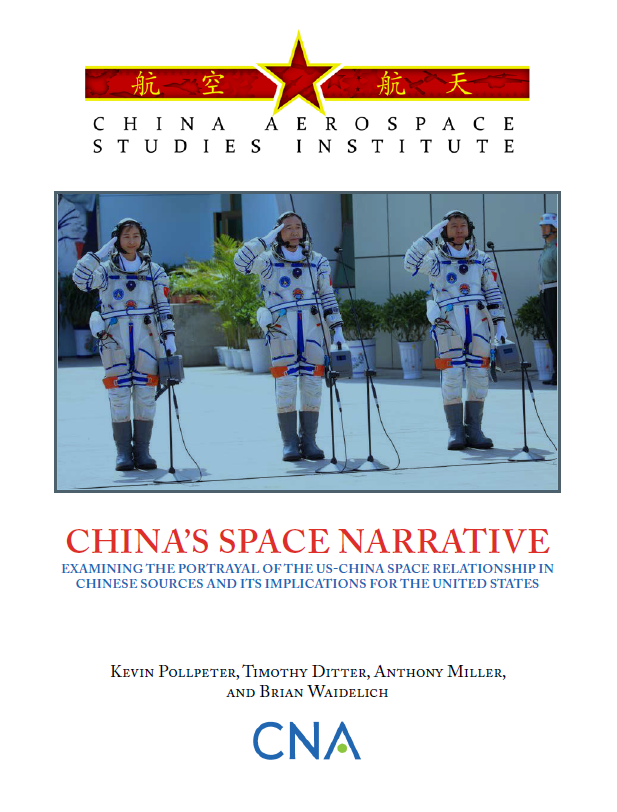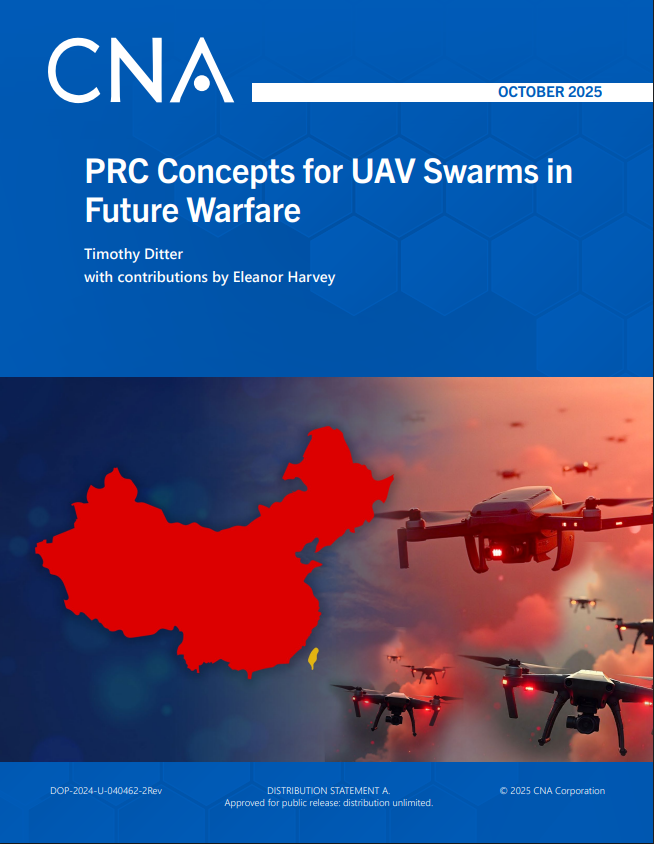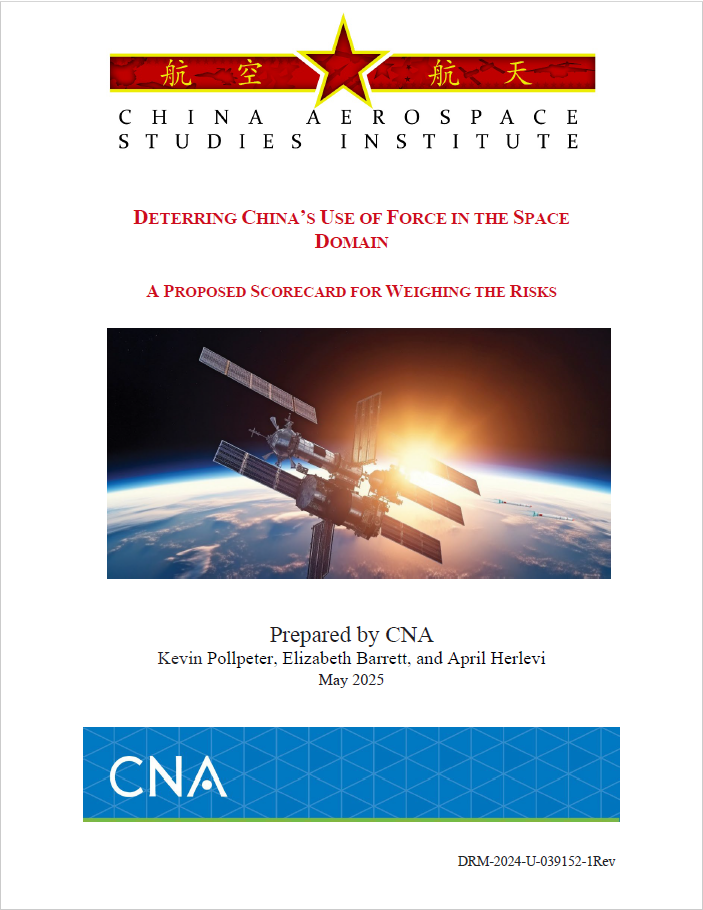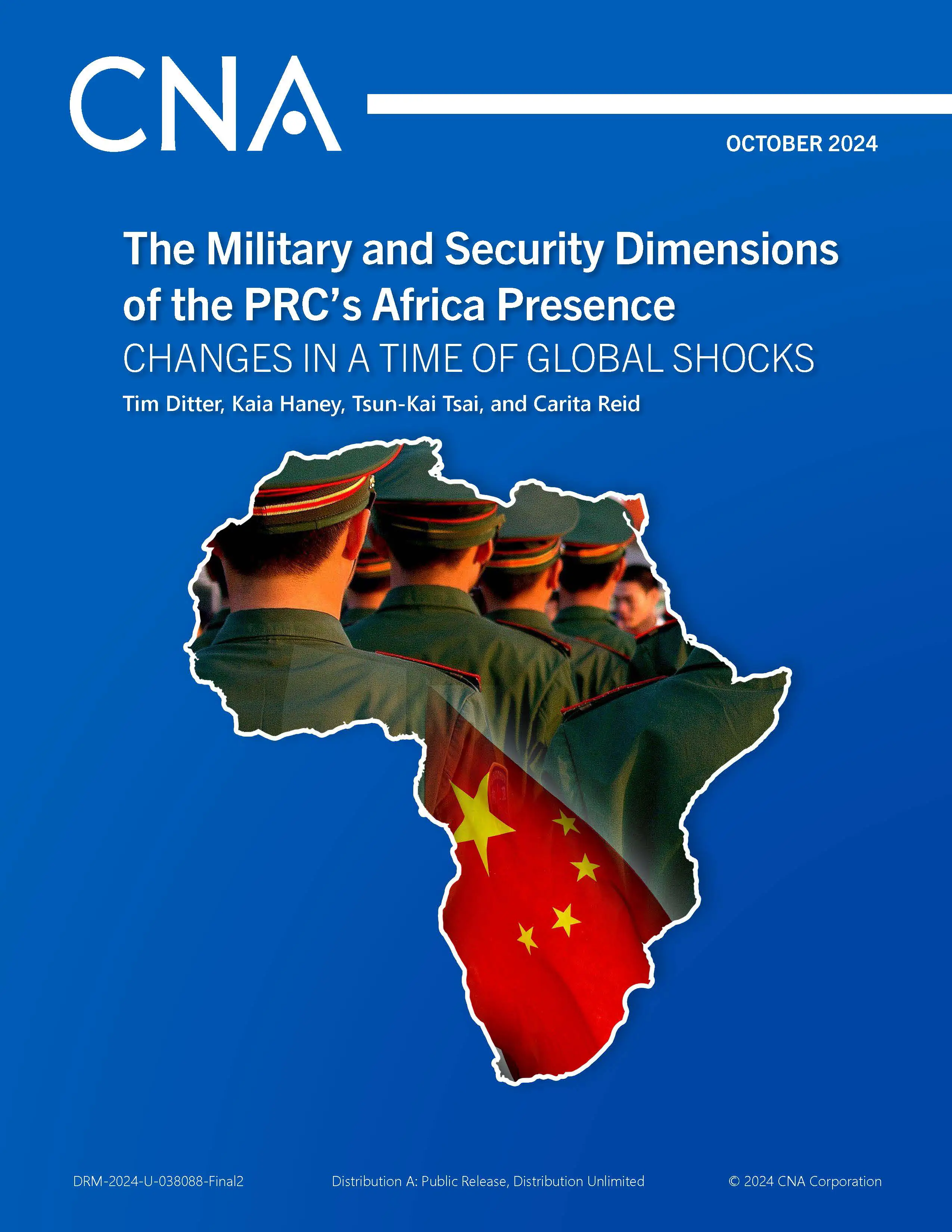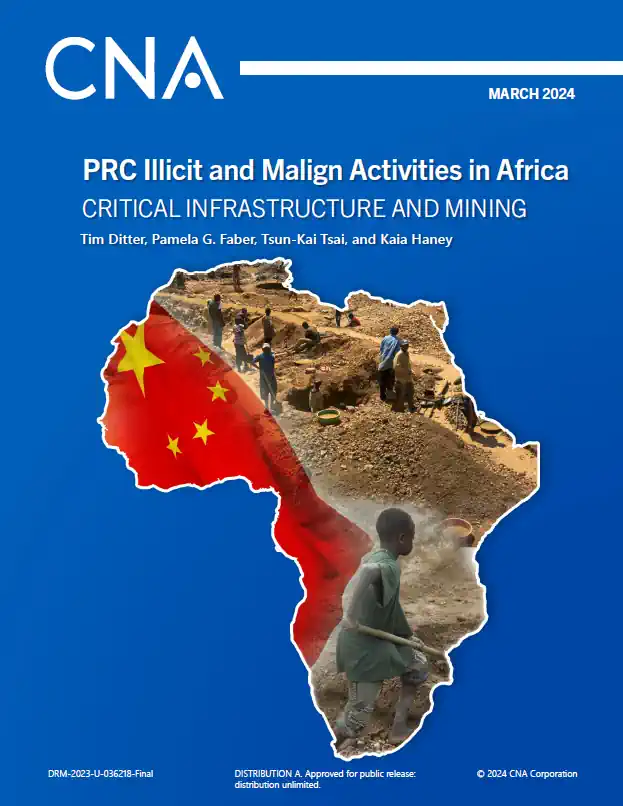The world is in the midst of a geopolitical transition driven by the rise of China. In 2010, China became the world’s second largest economy, and China is now the top trading partner with all five of the United States’ treaty allies in Asia. It is the second largest trading partner with the European Union, and it is Africa’s largest trading partner. Its defense budget is also the world’s second largest, reaching $177.61 billion in 2019. China’s rising economic and military power have led to an increased presence not only in Asia, but also globally. China’s Belt and Road Initiative, a global trade and investment effort, involves countries across four continents. In an acknowledgement of China’s growing accomplishments and power, Chinese leader Xi Jinping stated in October 2017 that China “has stood up, become rich, and is becoming strong.”
China’s rise and the changing character of the U.S.-China relationship has led to concerns of an emerging Sino-American Cold War. Previous U.S. policy welcomed “the rise of a peaceful, stable, and prosperous China” and was “committed to expanding [U.S.-China] cooperation.”
U.S. policy now regards China as a revisionist power that is “antithetical to U.S. values and interests.” The U.S. National Defense Strategy calls out long-term strategic competition with China as “the central challenge to U.S. prosperity and security” and accuses China of seeking “Indo-Pacific regional hegemony in the near-term and displacement of the United States to achieve global preeminence in the future.”
One prominent aspect of China’s rise as a world power is its rise as a space power. China’s ambition to become a space power is driven by a belief that space contributes significantly to China’s national power. Its space program is seen as portraying China as a modernizing nation committed to the peaceful uses of space, while at the same time serving its political, economic, and military interests. Space is also seen as contributing to China’s overall influence and helping to maintain China’s national security. China sees its space program as catching up with the U.S. space program and surpassing it by mid-century.
China has made important progress across a broad range of space technologies, including launchers, satellites, lunar exploration, human spaceflight, and counterspace technologies. China now has the second largest number of satellites in orbit. It is building a robust suite of counterspace capabilities that include direct ascent kinetic kill vehicles (KKVs), directed energy, electronic warfare, cyber, and co-orbital satellite systems. Chinese military doctrine stresses the crucial nature of space in winning wars.10 Some observers in the United States are concerned that China’s nascent commercial space industry may displace the U.S. commercial space industry through mercantilist trade policies. China has conducted robotic missions to the Moon, and its space station will become operational at a time when the International Space Station is nearing the end of its service life. China’s space proponents also envision a long-term plan to extract natural resources in space.
The rise of China’s space program poses military, economic, and political challenges to the United States and is stoking fears that the United States may lose its leadership position in space. In March 2019, Vice President Michael Pence stated that the United States and China are in a new space race “with even higher stakes” than the space race between the United States and the Soviet Union, and that China has an “ambition to seize the lunar strategic high ground and become the world’s preeminent spacefaring nation.” He then committed the United States to the goal of being the first country to land humans on the Moon in the 21st century. In December 2018, Vice President Pence linked the proposal to establish a space force within the military to China’s counterspace program and stated that the United States “must be as dominant in the heavens as it is on Earth.”
This report examines China’s perceptions of its space program and the U.S. space program. It concludes that the United States and China are in a long-term competition in space. Although advancing rapidly, China’s space program is viewed by Chinese officials and analysts as trailing the U.S. space program. Nevertheless, China’s space industry plans to surpass the United States in space by mid-century. To date, China’s success in space can be attributed in large part to top- level leaders’ recognition of the benefits of space power, consistent planning, and stable and ample funding. U.S. success in competing with China will need to rely on the same fundamentals.
China’s primary motivation for developing space technologies is national security. However, as China’s space program advances, its commercial and scientific activities will become more prominent and will extend the competition to encompass economics and diplomacy, challenging U.S. leadership in space, just as China challenges the United States across the full range of diplomatic, military and economic power. Chinese leaders state that their country’s space program is both a symbol of and a contributor to China’s national power. As a result, China’s space program is one component of the Chinese Communist Party’s (CCP) goal of making China rich, strong, and proud.
Download reportLimited Print and Electronic Distribution Rights
Reproduction and printing is subject to the Copyright Act of 1976 and applicable treaties of the United States. This document and trademark(s) contained herein are protected by law. This publication is provided for noncommercial use only. Unauthorized posting of this publication online is prohibited. Permission is given to duplicate this document for personal, academic, or governmental use only, as long as it is unaltered and complete however, it is requested that reproductions credit the author and China Aerospace Studies Institute (CASI). Permission is required from the China Aerospace Studies Institute to reproduce, or reuse in another form, any of its research documents for commercial use. For information on reprint and linking permissions, please contact the China Aerospace Studies Institute.
Details
- Pages: 144
- Document Number: DES-2020-U-028472-Final
- Publication Date: 10/1/2020
